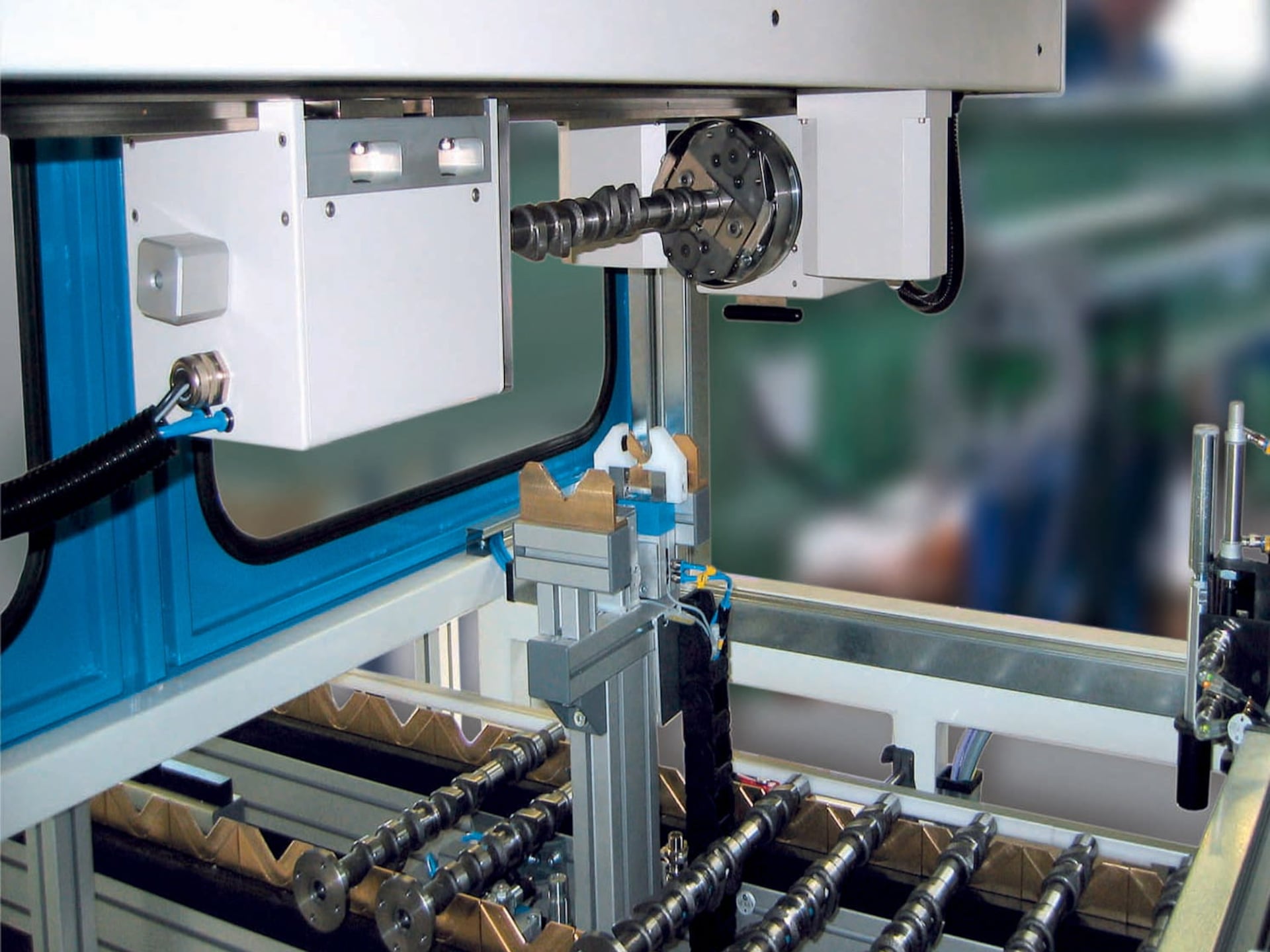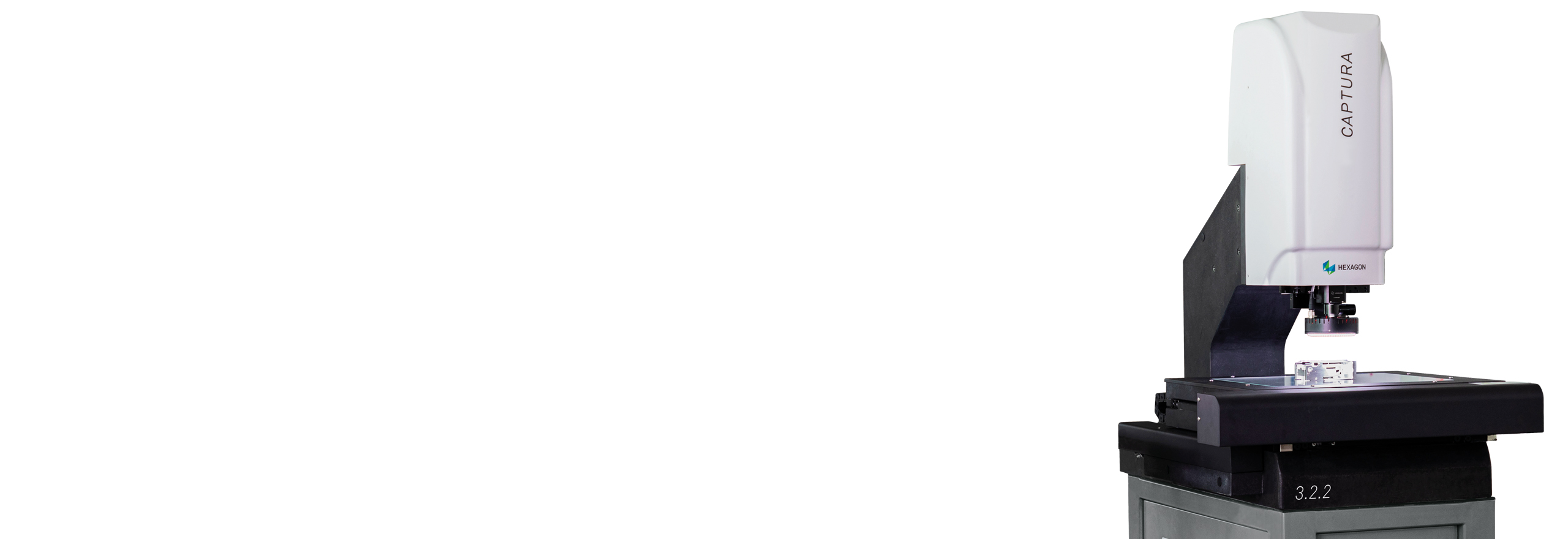How to integrate optical measurement systems into today's quality control workflows
How to integrate optical measurement systems into today's quality control workflows
Blog Article
The Role of Optical Dimension Systems in Progressing Width Techniques
Optical measurement systems have transformed assessment, bringing a level of precision that was when unbelievable. You could be stunned to learn exactly how these modern technologies, based on essential principles like reflection and disturbance, are used throughout different markets. Their non-contact capacities not only improve precision however likewise enhance processes. As you explore better, you'll discover exactly how these systems are forming the future of measurement and top quality control.
The Evolution of Width: A Historic Viewpoint
As you explore the background of assessment, you'll find that its development reflects humankind's pursuit for accuracy and standardization. From old worlds making use of body parts as units of dimension to the advancement of standard weights and actions, each step reveals our desire for accuracy. The Egyptians built the pyramids using exact measurements, while the Romans progressed engineering with their innovative measuring devices.
During the Renaissance, clinical breakthroughs moved the emphasis towards extra empirical methods, leading the way for modern-day assessment. The introduction of the statistics system in the late 18th century noted a significant landmark, establishing universal standards. Throughout the 20th century, technological innovations further transformed width, making it possible for very exact dimensions in different fields.
Today, width remains to develop, integrating digital technology and automation. This history highlights not just the value of measurement yet additionally our unrelenting search of boosting precision and uniformity in our progressively complicated world.
Concepts of Optical Dimension Solutions
Comprehending the principles behind optical dimension systems is vital for accurate lead to metrology. You'll wish to consider basic optical concepts, measurement accuracy aspects, and efficient system calibration strategies. Each of these components plays a crucial role in guaranteeing your dimensions are trusted and exact.
Fundamental Optical Principles
While exploring optical dimension systems, you'll come across basic optical principles that form the foundation of accurate information acquisition. Light behaves in foreseeable ways, and comprehending these behaviors-- like refraction, representation, and diffraction-- is crucial for reliable dimensions. You'll utilize lenses and mirrors to adjust light and focus it onto your target, ensuring precision in your analyses. Additionally, the wave nature of light permits interference patterns, which can boost dimension resolution. Polarization can likewise play an essential function in distinct signal from sound, enhancing the clarity of your outcomes. By understanding these concepts, you'll be equipped to take advantage of optical innovations properly, paving the means for improvements in assessment and guaranteeing your measurements are both dependable and repeatable.
Dimension Accuracy Variables
To accomplish high measurement accuracy in optical systems, numerous variables come right into play, affecting the dependability of your outcomes. Top quality lenses and detectors reduce aberrations and sound, guaranteeing your dimensions are specific. By addressing these factors, you can boost the general efficiency of your optical dimension systems, leading to more exact and dependable outcomes in your assessment applications.
System Calibration Methods
Achieving high measurement precision is only component of the formula; correct system calibration methods are similarly important in optical dimension systems. Next, employ known dimensions to verify the system's outcome and make essential corrections. With these techniques, you'll improve the integrity of your optical dimension system.
Secret Technologies Behind Optical Dimension
Optical measurement systems rely upon numerous essential innovations that improve accuracy and performance in metrology. One important innovation is interferometry, which utilizes the disturbance of light waves to determine small variations and surface abnormalities with severe precision. You'll additionally discover laser scanning systems, which catch in-depth 3D data of things quickly, making them vital for dimensional evaluation.
In Addition, CCD and CMOS sensing units play a considerable function in converting light right into electrical signals, permitting for high-resolution imaging and exact measurements. Advanced algorithms for picture handling better enhance measurement precision by examining information in real time, straining sound and improving attributes.
Lastly, optical fiber offer adaptability and the ability to measure in hard atmospheres while preserving signal stability. By leveraging these innovations, you can achieve remarkable lead to your metrology tasks, making sure that your measurements are both precise and dependable.
Applications of Optical Measurement in Sector
As markets significantly demand precision and effectiveness, the applications of optical measurement systems have actually come to be crucial across numerous markets. In manufacturing, these systems help you keep an eye on dimensions and tolerances in real-time, making certain high quality control without lengthy manual checks. In the auto industry, optical dimensions assist in lining up components with accuracy, boosting safety and performance.
In electronic devices, you're making use of optical approaches to inspect min features on circuit boards, spotting issues that might lead to failures. The aerospace market benefits from non-destructive screening strategies, enabling you to assess products and parts without jeopardizing their honesty.
Optical dimension likewise plays a crucial role in textiles, making certain material dimensions meet precise specs. optical measurement systems. With their capability to offer check here high-resolution information swiftly, these systems encourage you to make informed decisions, simplify processes, and eventually drive innovation throughout your sector
Enhancing Precision and Effectiveness in Measurements
When you think concerning improving precision in dimensions, accuracy in your dimension methods is important. By streamlining these processes, you can achieve quicker results without compromising top quality. Allow's explore how embracing innovative optical measurement systems can elevate both precision and effectiveness in your work.
Precision in Dimension Strategies
Precision in measurement strategies is essential for attaining trusted lead to width, especially since small discrepancies can bring about significant mistakes. By utilizing sophisticated optical measurement systems, you can enhance the precision of your measurements. These systems offer high-resolution data that help you identify also the tiniest variations in measurements. You reduce uncertainties and enhance repeatability in your procedures when you take on these modern technologies. In enhancement, precise dimensions permit you to preserve quality assurance, making sure that products fulfill strict specs. This not only enhances your reputation yet additionally improves consumer contentment. Buying accuracy measurement tools inevitably leads to boosted effectiveness, decreased waste, and enhanced production cycles. Accepting these techniques will certainly transform your method to metrology, producing exceptional outcomes.
Improving Measurement Procedures
To boost accuracy and performance in dimensions, enhancing your measurement processes is important. Start by adopting optical dimension systems that supply real-time information, minimizing the moment spent on hand-operated recording. These systems frequently incorporate seamlessly with existing software program, enabling you to automate data collection and evaluation.
Following, systematize your measurement methods. By applying constant procedures, you minimize irregularity and enhance repeatability. Don't fail to remember to frequently calibrate your tools to assure its accuracy.

The Influence of Optical Measurement on R & D
As scientists endeavor to push the limits of development, optical measurement systems have actually become essential devices in the advancement process. These systems give you with specific, real-time data that enhances your ability to analyze intricate products and structures. In various areas, from biotechnology to aerospace, you depend on optical dimensions to optimize layouts and boost product efficiency.

With high-resolution imaging and non-contact methods, you can reduce sample disruption, enabling more exact outcomes. This capacity to capture minute information increases your R&D cycle, letting you repeat layouts swiftly and effectively. Additionally, optical dimension fosters partnership throughout self-controls, as the data generated is frequently conveniently interpretable and shareable.
Inevitably, incorporating optical measurement systems into your research study not only improves productivity but also deepens your understanding of the sensations you research study. By leveraging these innovative strategies, you're better furnished to innovate and stay in advance in an affordable landscape.
Future Fads in Optical Dimension Equipments
With the quick advancement of technology, you're likely to see significant changes in optical dimension systems that will redefine their application across various markets. You'll observe an approach enhanced automation and combination of synthetic knowledge, enabling real-time data analysis and improved accuracy. Miniaturization is one more pattern; portable gadgets will certainly enable measurements in tighter areas, making them optimal for fields like aerospace and biomedical applications.
Anticipate to see systems that can operate in tough settings, giving trusted measurements in extreme conditions. As these modern technologies converge, you'll discover that optical dimension systems not only improve accuracy yet likewise improve process, eventually driving technology and effectiveness in your jobs.
Regularly Asked Inquiries
Just How Do Optical Measurement Systems Compare to Typical Measurement Techniques?
Optical dimension systems use higher precision and faster outcomes contrasted to traditional methods. You'll find they catch more data points accurately, reducing human mistake and boosting integrity, making them a favored option in various applications.
What Industries Advantage Many From Optical Dimension Equipments?
You'll find industries like aerospace, automotive, and electronic devices benefit most from optical dimension systems. These sectors depend on read what he said specific dimensions to assure high quality and efficiency, boosting effectiveness and decreasing expenses with sophisticated modern technology.

Are Optical Dimension Solutions Expensive to Carry Out?
Optical dimension systems can be costly to execute, yet their accuracy and efficiency commonly warrant the price. Investing in such innovation can cause significant long-lasting cost savings and improvements in quality throughout numerous applications.
What Skills Are Called For to Operate Optical Measurement Systems?
To operate optical measurement systems, you'll require solid analytical abilities, interest to information, and efficiency in software application tools. Experience with optics and an understanding of measurement concepts will certainly additionally boost your effectiveness and effectiveness.
Exactly How Do Environmental Variables Affect Optical Measurements?
Ecological elements like air, temperature level, and moisture high quality can misshape optical measurements. You'll see variants in accuracy because of light disturbance or refraction. optical measurement. Keeping secure problems is crucial for specific and dependable optical dimension outcomes
Final thought
In recap, optical dimension systems are revolutionizing assessment by offering unequaled accuracy and efficiency. By using advanced concepts and innovations, these systems improve accuracy while minimizing interruptions in different sectors. As you explore future patterns, you'll see how the assimilation of AI and automation will certainly continue to elevate dimension practices, driving development and boosting quality assurance. Welcoming these innovations will certainly be necessary for staying affordable and achieving quality in your area.
Accomplishing high dimension precision is just component of the formula; proper system calibration strategies are similarly essential in optical measurement systems.When you believe concerning improving accuracy in measurements, precision in your dimension methods is necessary. By utilizing sophisticated optical dimension systems, you can improve the precision of your measurements.To improve precision and performance in dimensions, simplifying your dimension procedures is essential. How Do Optical Measurement Systems Contrast to Typical Dimension Techniques?
Report this page